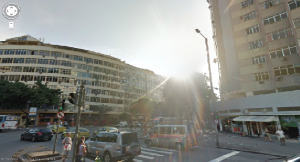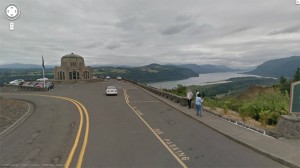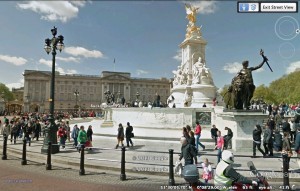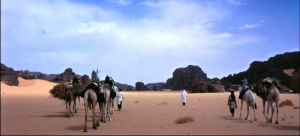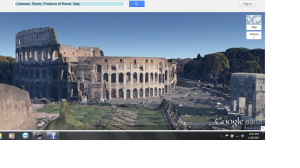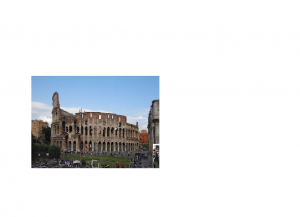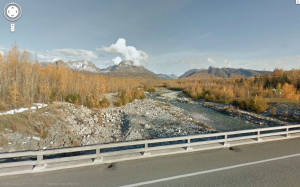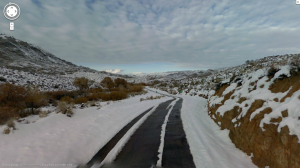![2010spring_vancouver1[1]](http://dtc-wsuv.org/wp/dtc101-sp13/files/2013/01/2010spring_vancouver11-300x225.jpg)
@JacobCWalton
This picture of Vancouver lake demonstrates aura. This picture is taken from a slanted view, demonstrating the round shape of the lake. In the middle of the lake, one can see the round island. When shot from above, it appears to be a portrait of a massive eye, giving off a mystical feeling. Staring at the picture is like being in a fantasy world. It represents the ways in which satellite photography can be used to take two-dimensional things we normally perceive as being flat, and give them new life by revealing them in another light.
Wordpress
Pages
Tags
#computers #ElectronicLiterature #Hayles #news #redridinghood #remediation #StarWars #technology #Walter Benjamin @KyleChinn1 Aura Coleman Copyright Digital Divide DTC DTC101 DTC 101 dtcv DTCV101 Electronic Literature Facebook fact Fair Use internet Lev Manovich Locative Art Manifesto Manovich Matrix Media New Digital Media New Media openness Remix rushkoff Shy Boy social social media Star Wars The Matrix twitter Vannevar Bush wikipedia WorldCat Youtube

